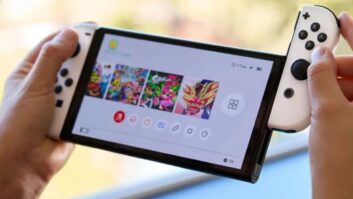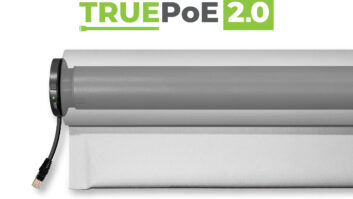OVERLAND PARK, KAN. — Sprint PCS is targeting small independent retailers for the first time to complement its distribution through national and regional retailers and through high-volume local retailers.
To tap the channel, Sprint is adopting a two-step distribution strategy that’s unusual for wireless carriers but familiar to consumer electronics retailers and manufacturers.
When Sprint launched service in late 1996, “It was important to get critical-mass distribution quickly, ” said Sprint PCS retail president Ali Zanjani. “We went after national retailers with a vengeance and gained a very good position with retailers, particulary in-store share.”
He explained that two years ago “we extended distribution to regional retail powerhouses and got significant in-store share.” Sprint also extended distribution to about 1,000 select high-volume local storefronts, “which tend to be multi-outlet local retailers,” he said.
During that time, however, Sprint didn’t concentrate on smaller local retailers for three reasons, he explained. One was that local retailers “had unreasonably high expectations for commissions.” Another was that small independents had exclusivity contracts with a single local cellular carrier, and the contracts were “expensive to break.” Third, “the infrastructure to support mom and pops was too costly,” given that Sprint, through logistics partner UPS, sells phones direct to its other retail accounts. “The logistics of dealing with retailers needing less than a master pack was very expensive,” he said.
For the local-retail program, Sprint has enlisted Brightpoint as its first national distributor. Shipments to Brightpoint were to begin the week of May 20. “There will be a few other select national distributors” announced in about a month, Zanjani said.
Although other wireless carriers use national distributors such as Brightpoint to distribute phones, the Sprint distributor program differs because it’s more like a traditional consumer electronics two-step program. Sprint’s distributors will take title to the phones, create their own compensation programs for dealers, and with Sprint’s approval, authorize new dealers. With other carriers’ distributor programs, the carriers keep title to phones and use distributors to perform logistics duties, including the programming and packaging of phones.
To insulate its P&L from the costs of subsidizing phones, Sprint will sell phones to distributors at its cost plus shipping and handling, Zanjani said. “We are not on the hook for the buydown,” he said. There is “no financial consequence if a phone is bought and not activated.”
Sprint will pay distributors a commission for each phone activated, and with those revenues, distributors can devise whatever dealer-compensation program they would like, Zanjani said. Distributors seem to be most interested in offering phones at a subsidized price to retailers, who could make their profit by marking up the hardware, Zanjani said.
In its retail-direct programs, Sprint sells phones to retailers below its own cost, allowing retailers to make a margin on the phone plus receive commissions or residuals, or both, depending on their contract.
To minimize channel conflicts with existing dealers, Sprint said it will approve all dealers in advance and will carefully manage the program. One of the requirements for getting authorization is that the new outlet “doesn’t cause an enormous amount of conflict with our existing distribution,” Zanjani said. “We’re less interested in the total number of doors than we are in the productivity of the doors.”
Sprint and its distributors will choose dealers “because they’re serious about selling us, not just stepping off us,” he continued.
The program, he added, “will help us blanket every major market with the right number of retailers.”
Sprint phones are already sold through about 14,000 storefronts, only 423 of which are Sprint-owned stores or kiosks, Zanjani noted.
Unlike traditional electronics two-step programs, Sprint will not carve the country into geographic territories serviced by only one distributor. “There will be a few select distributors [in addition to Brightpoint] on a national basis,” Zanjani said, in part to “spur competition.” The strategy also acknowledges that it is “difficult to police” regional distributors, he said, pointing out that regional distributor territories often encroach on one another as retailers add new stores. Regional two-step programs often suffer from transshipping, he added.
Sprint is setting minimum order requirements for its distributors, which in turn will set their own minimum purchasing requirements for each dealer.
Local retailers will be able to get Sprint POP material through their distributors, but mom and pop retailers probably won’t be tagged in Sprint ads because of the limited space available in print ads, said Mike Moore, director of indirect distribution. “Probably not all phones will be available to distributors,” he added.
Distributors will be responsible for training retailers once Sprint has trained the distributors, Zanjani added.
The distributor program is separate from the carrier’s MVNO (mobile virtual network operator) program, in which companies, previously called resellers, buy airtime wholesale from a carrier and market service under their own name to niche markets, said Zanjani. One MVNO, MCI, resells Sprint service to small business, while another MVNO targets the youth market, Zanjani noted.













